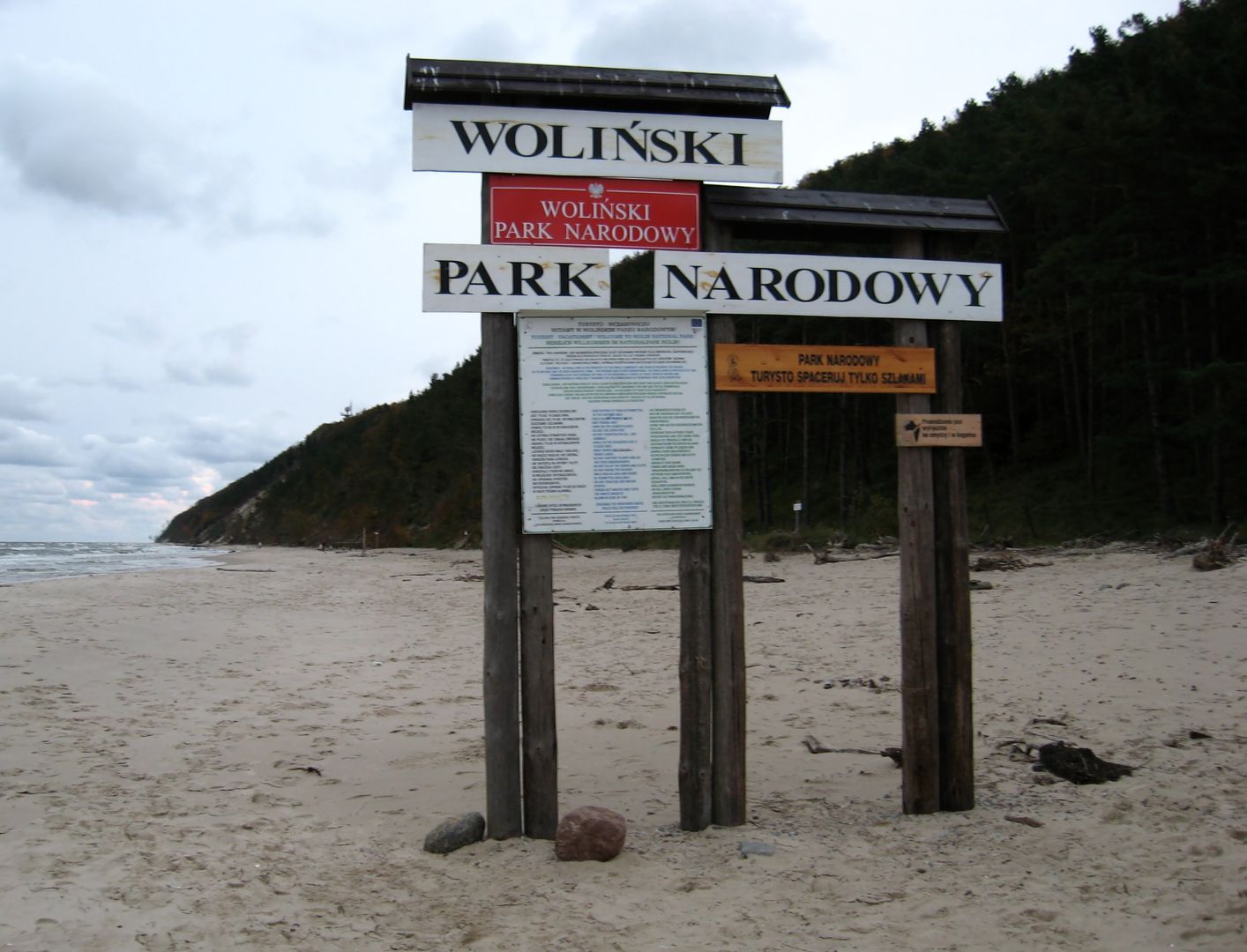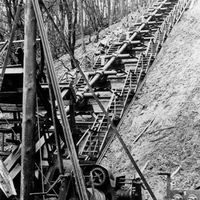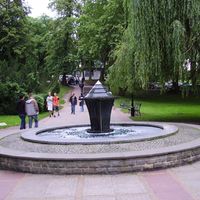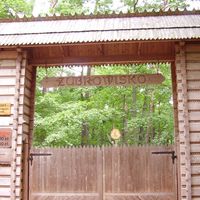Wolin National Park
7.48

Overview
Woliński National Park, located in the West Pomeranian Voivodeship on the island of Wolin, covers an area of 10,937 hectares and was established in 1960. The idea for the park came from Mieczysław Tarchalski, a renowned forester and World War II hero. The park is known for its diverse abiotic environment, dominated by the cliffs of the frontal moraine and the landscape of the Świna River delta. The diversity of flora and fauna in the park, including many rare and protected species, attracts nature enthusiasts. Here, one can find over 1,300 species of vascular plants and 230 species of birds, including migratory and breeding species. Within the park's buffer zone, the Nature Museum operates, offering environmental education and showcasing rich natural collections, including the largest collection of male ruffs in Poland. The park features numerous tourist trails, including hiking and cycling routes, leading to attractions such as Turkusowe Lake, the Kikut Lighthouse, the Lubin Stronghold with remnants of an early medieval settlement, and the V3 bunker from World War II. Woliński National Park offers not only beautiful landscapes but also a rich historical heritage and diverse forms of nature conservation, including areas with a high degree of protection. Another interesting feature is the Świna River delta area, which serves as a bird sanctuary of European importance. The park's tourism potential is supported by attractive viewpoints and educational nature trails, making it a popular destination for both tourists and nature researchers.
Location
Tickets
Powered by GetYourGuide
You can also find here:
2025 Wizytor | All Rights Reserved


